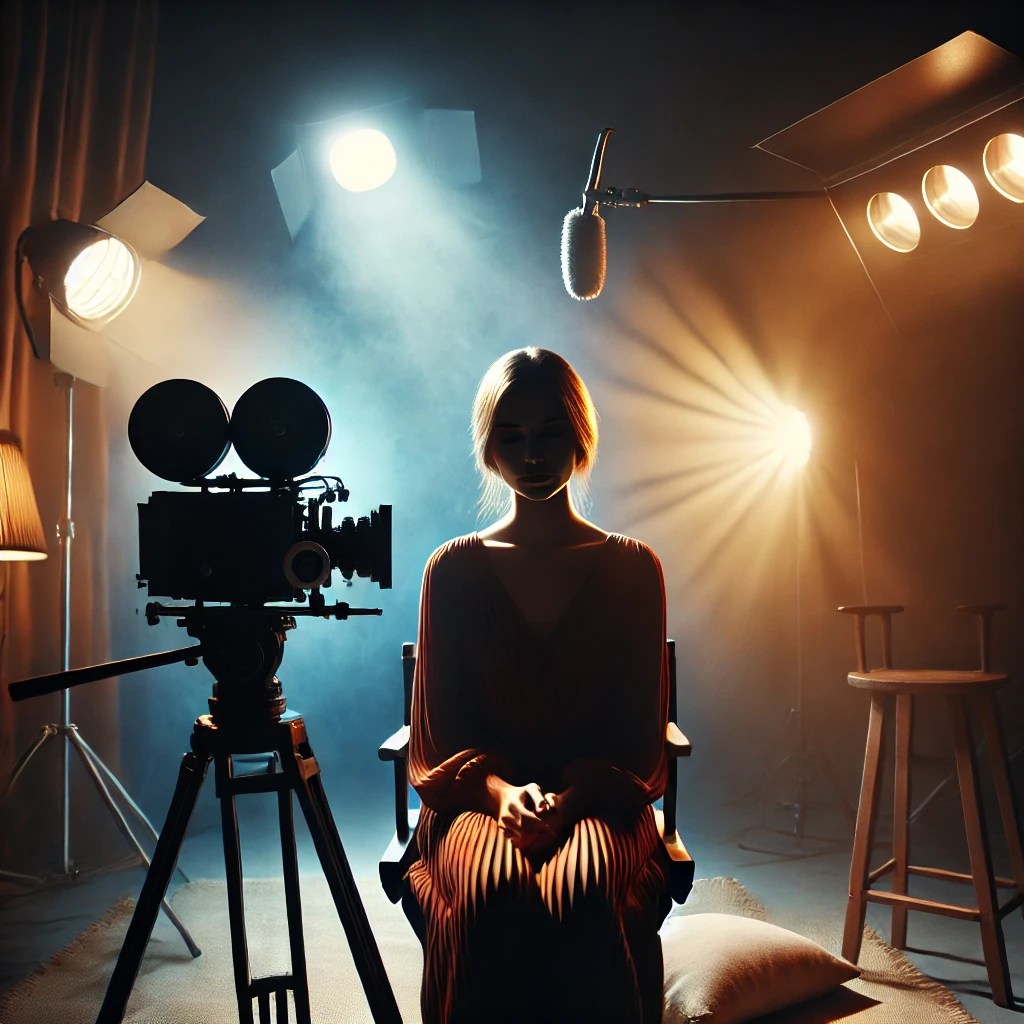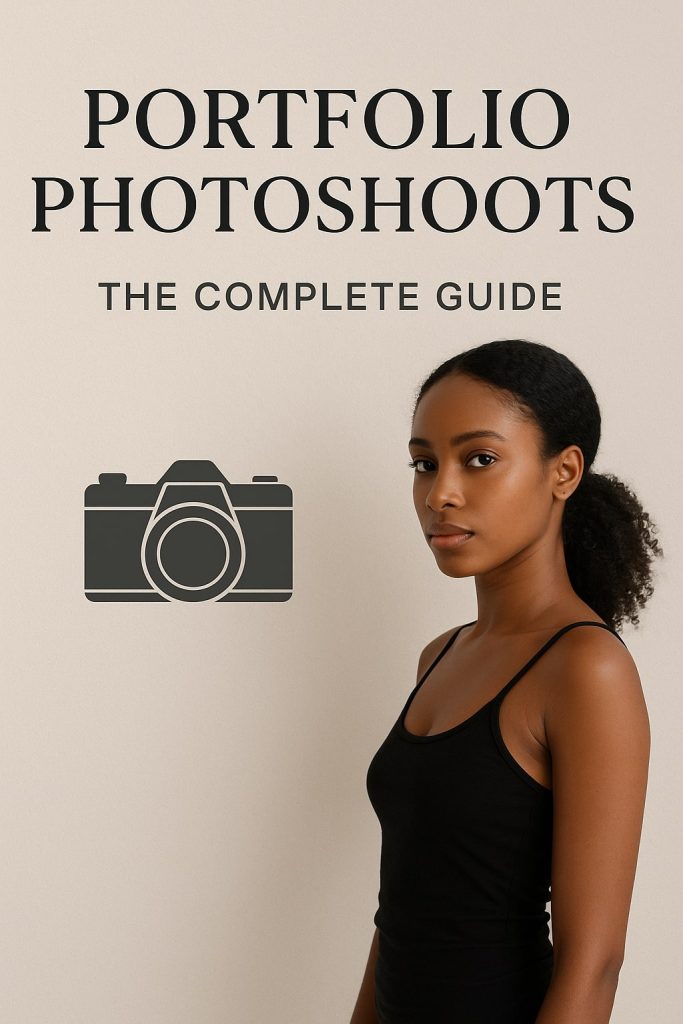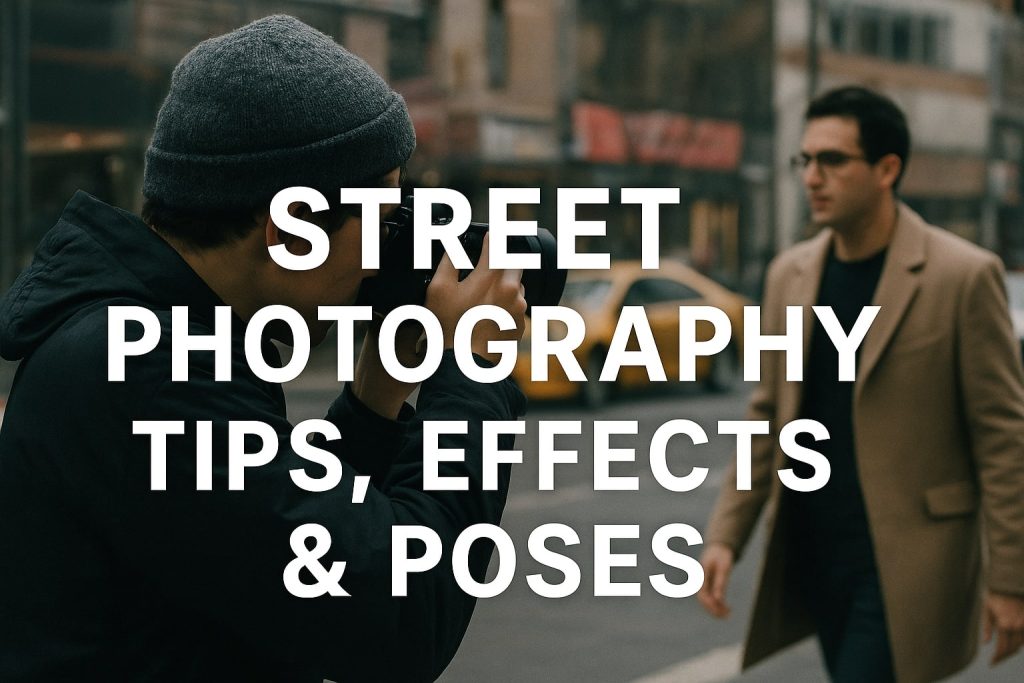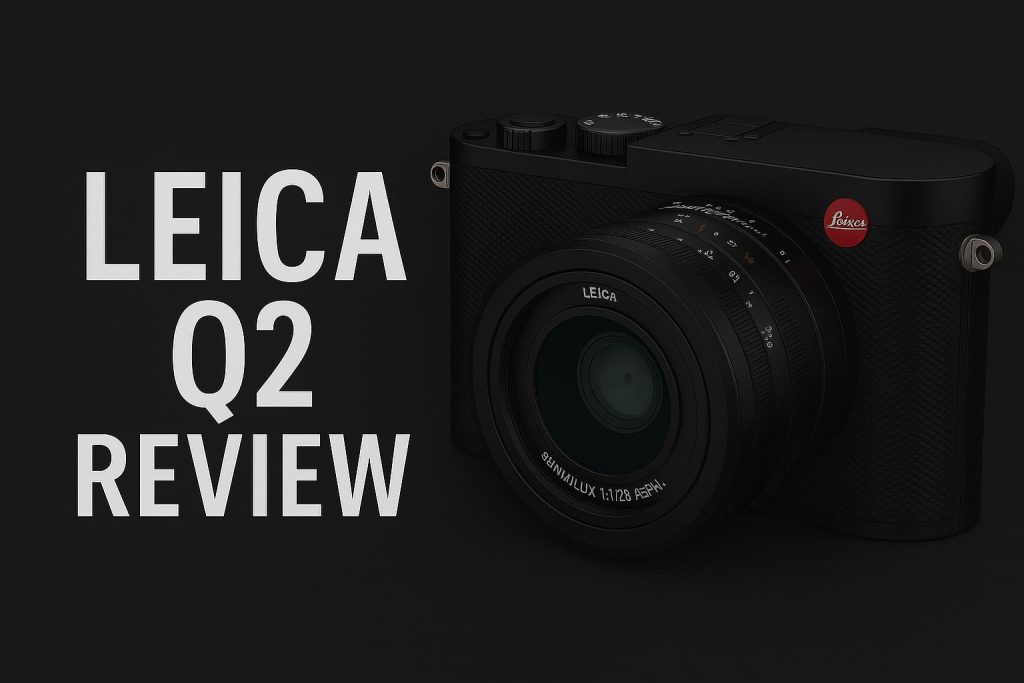Cinematic photography captures the mood, emotion, and storytelling elements found in movies. It relies on careful composition, lighting, and color grading to create a scene that feels immersive and dramatic. You don’t need expensive gear to achieve this effect—simple techniques can elevate your images to a cinematic level.
In this guide, we’ll explore the essential steps to create stunning cinematic photography, from choosing the right settings to enhancing your images with post-processing.
1. Understand Cinematic Photography
Cinematic photography is about more than just taking a good picture; it’s about telling a story through visuals. This style is heavily influenced by cinema, using:
- Dynamic lighting to enhance mood and depth
- Carefully framed compositions that mimic movie shots
- A distinct color palette for storytelling
- Shallow depth of field for subject emphasis
- Motion and emotion to evoke feelings
2. Choose the Right Camera Settings
To achieve a cinematic look, consider the following settings:
- Aperture: Use a wide aperture (f/1.8 – f/2.8) for a shallow depth of field, isolating your subject.
- Shutter Speed: Follow the 180-degree shutter rule (shutter speed = 1/ (2x frame rate)) for natural motion blur.
- ISO: Keep ISO low to avoid grainy images while maintaining proper exposure.
- Aspect Ratio: Use a 2.35:1 or 16:9 aspect ratio to mimic movie screens.
3. Master Cinematic Composition
Great composition is crucial for cinematic photography. Here are some essential techniques:
- Rule of Thirds: Place subjects along the grid lines for a balanced composition.
- Leading Lines: Use roads, railings, or buildings to guide the viewer’s eye.
- Negative Space: Create breathing room in your frame for a dramatic effect.
- Foreground Elements: Add layers to create depth and realism.
- Frame Within a Frame: Use doorways, windows, or arches to naturally frame your subject.
4. Lighting Techniques for a Cinematic Effect
Lighting is one of the most critical elements in cinematic photography. Try these methods:
- Golden Hour: Shoot during sunrise or sunset for warm, soft light.
- Low-Key Lighting: Use deep shadows and high contrast for a moody effect.
- Artificial Lighting: Experiment with LED panels, fairy lights, or practical lights for a controlled look.
- Silhouettes: Position your subject against a strong backlight for a dramatic outline.
- Rim Lighting: Use backlighting to highlight the subject’s edges and create separation from the background.
5. Color Grading and Editing for Cinematic Tones
Post-processing plays a vital role in cinematic photography. Follow these editing tips:
- Desaturate Colors Slightly: Achieve a muted, moody tone.
- Use Teal and Orange Tones: This popular color scheme enhances skin tones and contrasts with backgrounds.
- Add Vignettes: Focus attention on the subject by darkening edges.
- Enhance Shadows and Highlights: Adjust contrast to create depth.
- Use LUTs (Look-Up Tables): Apply cinematic presets for consistent color grading.
6. Incorporate Motion and Emotion
Cinematic photography thrives on movement and emotion. Consider these elements:
- Use Slow Shutter Speed: Capture motion blur for a dynamic effect.
- Include Genuine Expressions: Candid shots feel more authentic and immersive.
- Tell a Story: Think about the emotions you want your image to convey.
7. Experiment with Different Lenses
Lens choice dramatically impacts the cinematic feel:
- 50mm (Nifty Fifty): Great for portraits and storytelling.
- 35mm: Captures more of the environment while keeping the subject in focus.
- 85mm: Ideal for intimate close-ups and soft backgrounds.
- Wide-Angle Lens: Creates dramatic, immersive scenes.
8. Utilize Practical Effects
Enhance your cinematic shots with creative effects:
- Smoke or Fog Machines: Add atmosphere to a scene.
- Rain or Water Reflections: Create visual depth.
- Lens Flares: Introduce an artistic, film-like touch.
- Glass or Prisms: Produce dreamy distortions and light refractions.
9. Create a Mood Board for Inspiration
Before shooting, gather inspiration from films, photographers, or artwork:
- Analyze Movie Scenes: Study compositions and lighting in cinematic films.
- Use Pinterest or Instagram: Collect visual references.
- Storyboard Your Shots: Plan out your scenes in advance.
10. Keep Practicing and Experimenting
Cinematic photography is an art that improves with practice. Keep experimenting with:
- Different lighting conditions
- Unique compositions
- Post-processing techniques
- New camera settings
Final Thoughts
Cinematic photography isn’t about having the most expensive gear; it’s about creativity and storytelling. By applying these simple yet effective techniques, you can transform ordinary shots into stunning, film-like masterpieces.
Start experimenting today and bring the magic of cinema into your photography!

Mobile Photography Hacks: Candid Moments with Your Phone
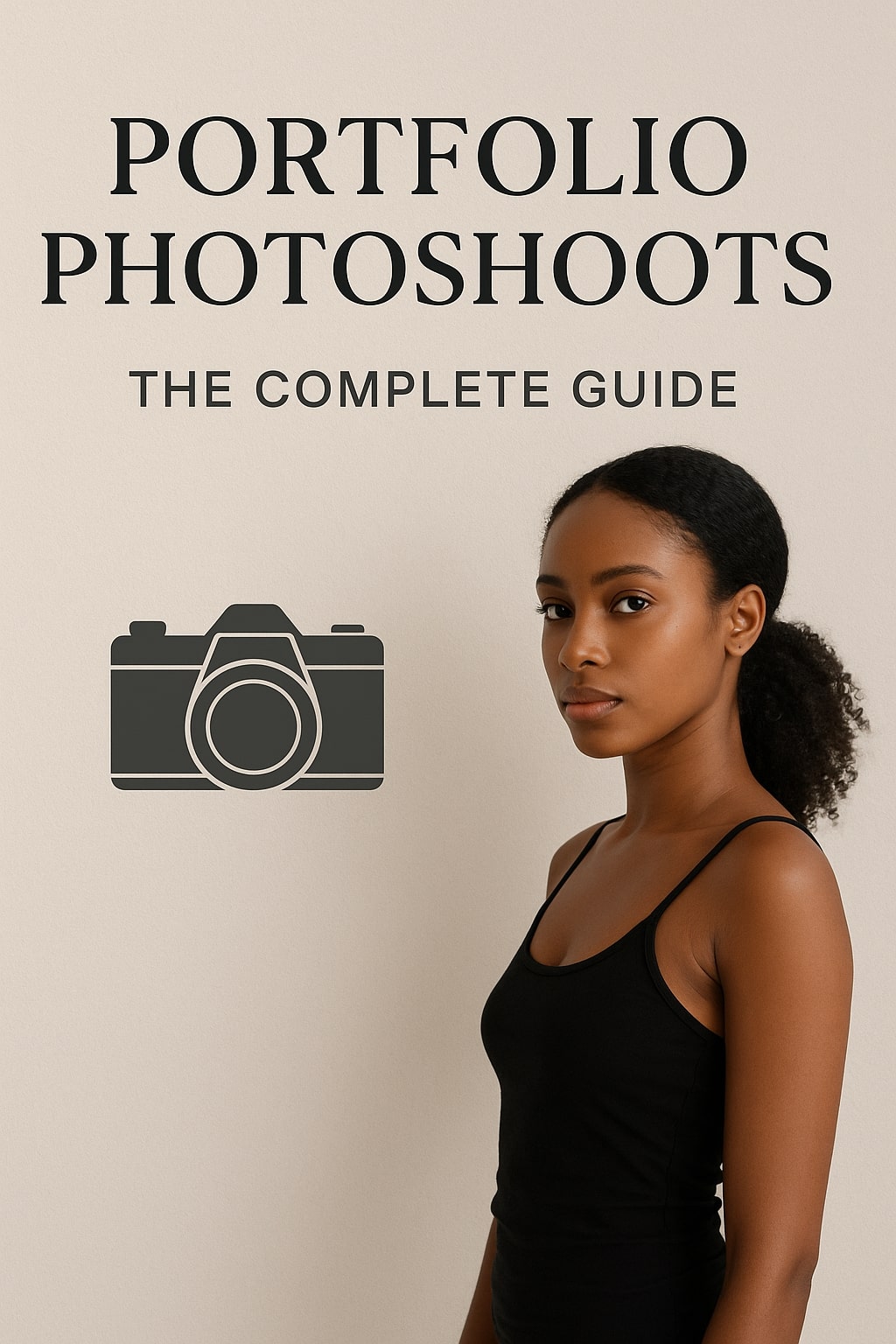
Professional Model & Portfolio Photoshoots: Show Your Best Work
-
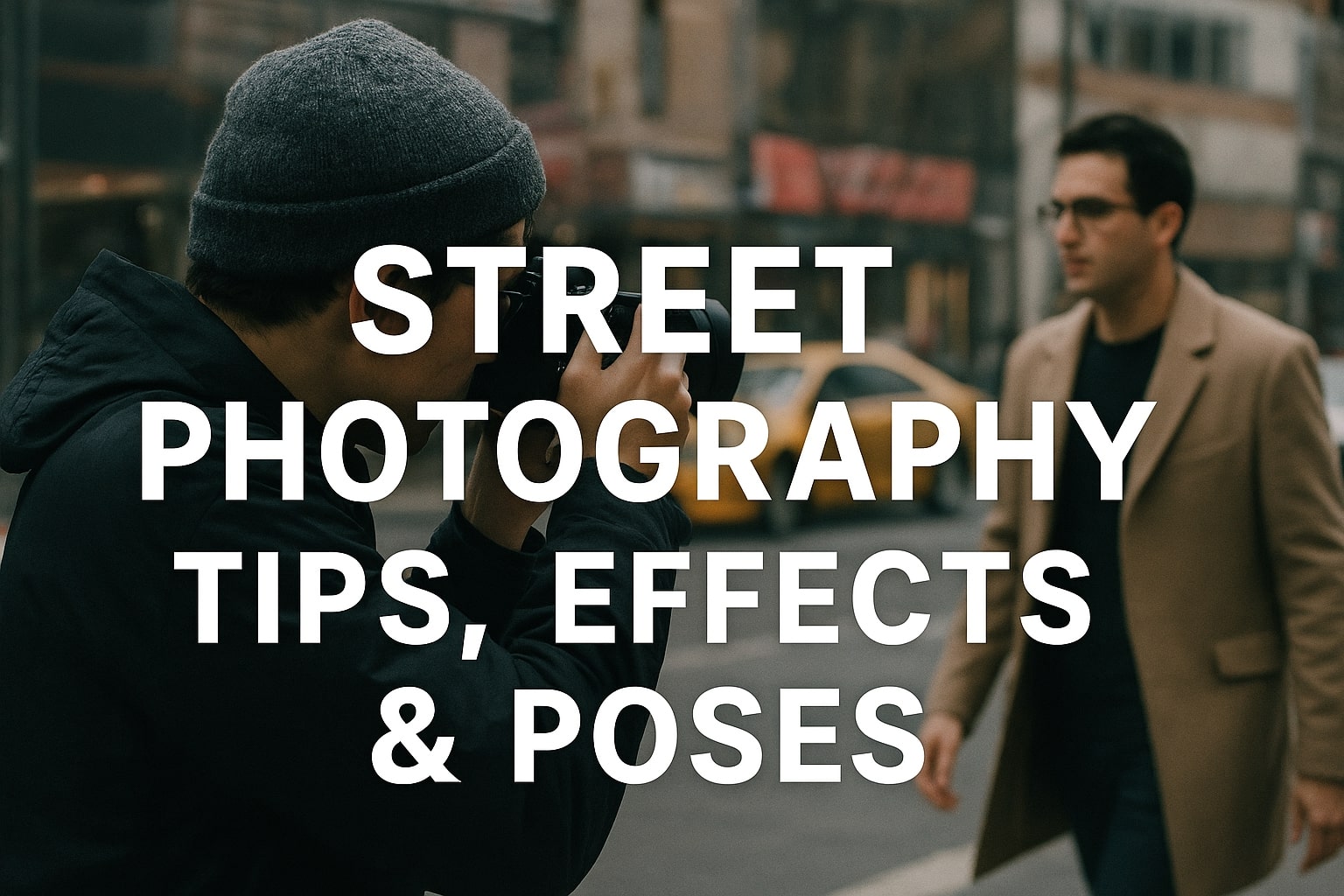
Street Photography Tips, Effects & Poses – Complete Guide
-
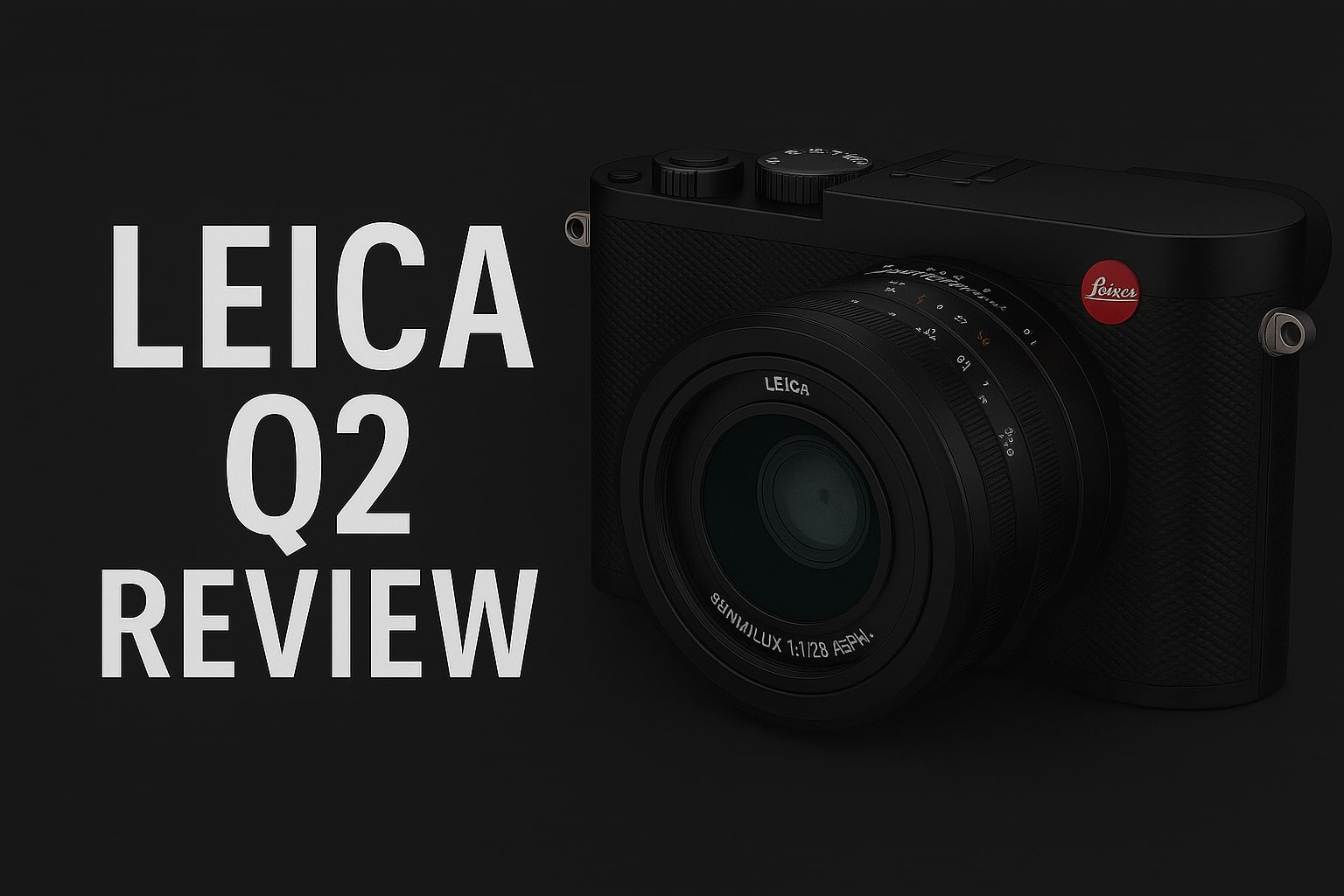
Leica Q2 for Photography: Why It’s Loved by Photographers
Mobile Photography Hacks: Candid Moments with Your Phone
Discover high-impact mobile photography hacks to capture genuine, gorgeous candid moments with your phone. Learn practical tips, composition secrets, and pro techniques to turn everyday scenes into stunning visual stories. Introduction: The New Age of Mobile Photography Photography has evolved beyond heavy cameras, technical jargon, and expensive equipment. Today, the power to capture extraordinary moments
Professional Model & Portfolio Photoshoots: Show Your Best Work
” Discover how to plan, style, and execute stunning portfolio photoshoots that showcase your skills, personality, and versatility. This comprehensive guide covers professional tips, posing ideas, gear suggestions, and industry insights for models and photographers.” Introduction – Why Portfolio Photoshoots Are the Cornerstone of a Photographer’s Career A well-crafted portfolio photoshoot is more than a
Street Photography Tips, Effects & Poses – Complete Guide
Discover the ultimate guide to Street Photography with expert tips, creative effects, and dynamic poses. Learn how to capture authentic urban moments, master composition, and tell powerful visual stories through your lens. Article Outline 1. Introduction to Street Photography Street Photography is more than just taking pictures of people in public spaces — it’s about
Leica Q2 for Photography: Why It’s Loved by Photographers
Introduction: The Cult Status of the Leica Q2 The Leica Q2 is not just a camera—it’s a statement. Combining the heritage of German precision engineering with modern digital excellence, it holds a special place in the hearts of professional and passionate photographers alike. With its full-frame sensor, prime Summilux lens, and minimalist design, the Q2
Top Cameras Under ₹1 Lakh for Freelance Photography
Freelance photography is no longer a niche—it’s a booming creative profession that demands not only vision and hustle but also the right gear. Your camera isn’t just a tool; it’s your storytelling partner. If you’re a freelance photographer aiming to balance performance, versatility, and budget, investing in a cameras under ₹1 lakh can offer the
Top Features of Nikon D850 That Make It Ideal for Photoshoots
Explore the top features of the Nikon D850 that make it a powerhouse for photoshoots. From exceptional resolution to dynamic range, this detailed Nikon D850 guide is built for professional and aspiring photographers. 1. Introduction When Nikon launched the D850, it quickly earned a reputation as a flagship DSLR that redefined what photographers could expect
